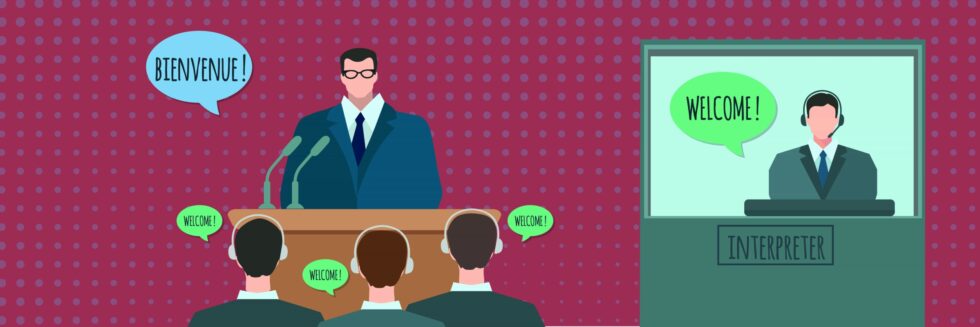We’ve been through a lot the past two years, so it’s easy to forget to be grateful for everything – and everyone – we have....
read moreMeet Natalia Campero – Project Coordinator
Here at INGCO International, we’re proud of the deep experience and profound skillset our people bring to our mission of ensuring every person has access to...
read moreMeet Andy MacGregor – INGCO Sales Executive
Here at INGCO International, we’re proud of the deep experience and profound skillset our people bring to our mission of ensuring every person has access...
read moreMultilingual Events: Is Remote Simultaneous Interpreting Here to Stay?
[one_fourth] It’s no secret that COVID-19 has transformed the conference industry. Restrictions on travel and large gatherings have left organizers scrambling to switch to a...
read moreHow to Boost Multilingual Medical Support This Flu Season
As the U.S. enters flu season, healthcare professionals are scrambling to answer an important question: What happens when COVID-19 and the flu collide? Although it...
read moreSeptember’s Interpreter of the Month
My name is Bahja Hassan and I am a Somali interpreter. When people ask me where I am from the first place that comes to...
read moreMeet Paula Ianelli: August’s Interpreter of the Month
My name is Paula Ianelli and I actually started my journey as a translator and interpreter because of how curious I am. Contrary to many...
read moreWhy Refugees and Asylum Seekers Need Access to Legal Interpreters
The worldwide refugee population has more than doubled in only a decade. By the end of 2019, over 30 million people had fled their homeland due to conflict or...
read moreMeet Stefan Brechtel: May’s Interpreter of the Month
Originally from the southwestern part of Germany, I came to the U.S. in 1995 to work at the German Pavilion at Disney World’s Epcot theme park....
read moreThe Unique Challenges of Conference Interpreting
Becoming an interpreter is no easy feat. In addition to being bilingual, professional interpreters need specialized training, strong communication skills, and a great memory. Yet...
read more



